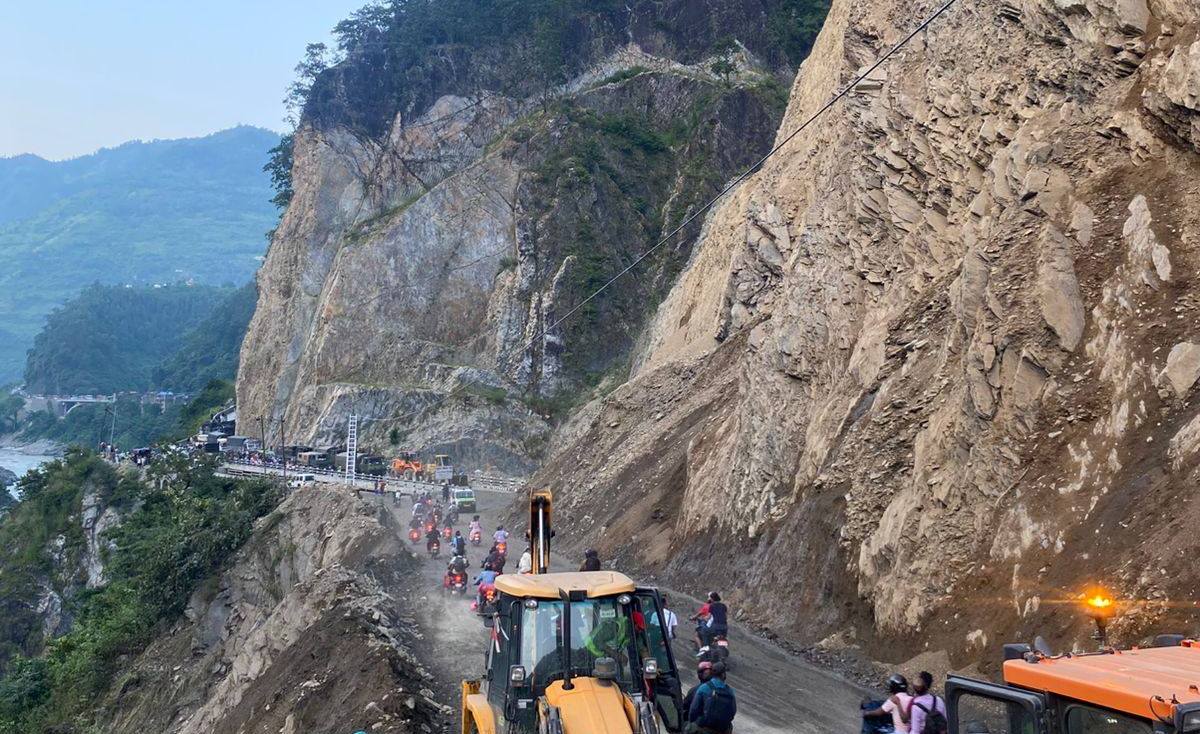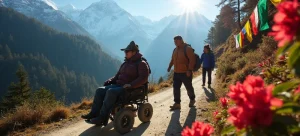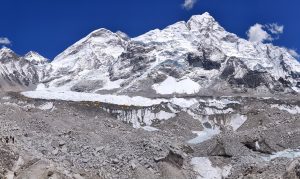Tragedy in the Hills: Recent Landslides, Food Insecurity & Rising Death Toll
Natural disasters seldom hit in isolation. Over the past few days, heavy rains and shifting terrains have unleashed a cascade of disasters in parts of Nepal, India, and beyond landslides, floods, food insecurity, and loss of life. Below is a snapshot of unfolding events, human impact, alerts, and reflections.
The Recent Calamities
Nepal: Eastern districts devastated
- In Nepal, continuous rains since Friday have triggered landslides, floods, and even a lightning strike, resulting in at least 44 deaths and five missing persons. AP News+2Yahoo News Canada+2
- The eastern hill district of Ilam was hit hardest: whole villages were swept away, claiming about 37 lives there alone. OnlineKhabar News+3AP News+3The Indian Express+3
- Across Nepal, some reports now put the cumulative death toll at 52 from landslides and floods. OnlineKhabar News
- In one tragic incident, six members of the same family died when their home collapsed under a landslide while they slept. Yahoo News+1
- The government issued severe rainfall warnings across eastern and central Nepal, shut down highways, and suspended domestic flights to reduce risk. The Indian Express+2AP News+2
India: Darjeeling hills in crisis
- Across the border, in India’s West Bengal, heavy rains have struck the Darjeeling, Mirik, and surrounding hill areas. Landslides have flattened homes, severed roads, and trapped tourists. AP News+6The Times of India+6Hindustan Times+6
- The death toll in Darjeeling has climbed to 24, with more people still missing and rescue operations ongoing. AP News+2www.ndtv.com+2
- Some areas saw over 300 mm of rain in just 12 hours, exacerbating the landslides. www.ndtv.com
- Bridges and roads collapsed under the deluge, cutting off communication and making relief efforts extremely difficult. AP News+2The Times of India+2
- Officials have issued red alerts and urged residents and tourists to remain under shelter until conditions improve. The Times of India+2Hindustan Times+2
Sudan: A village wiped out
- In a distant but no less horrifying incident, a landslide in the Tarasin (Tarsin) village in Central Darfur, Sudan, reportedly wiped out the village entirely. The death toll is contested, with some estimates exceeding 1,000 casualties, though the United Nations describes the fatalities as “scores.” Wikipedia+2The Washington Post+2
- The disaster has been exacerbated by the region’s ongoing civil conflict, which has severely hindered rescue and relief access. The Washington Post+1
- The landslide destroyed homes, buried farmland, and disrupted sources of food and water compounding the humanitarian crisis in a region already facing food insecurity. People.com+1
Impacts on Food, Livelihoods & Survival
Landslides do far more than kill or entomb people. They have cascading effects on food security, shelters, and local economies:
- Agricultural damage: Farmland in hill and valley slopes is often washed away or buried. Crops, orchards, and plantations in affected areas can be destroyed, undermining food production for local communities.
- Loss of livestock and food stores: In many rural households, animals and stored grains are kept near homes; when landslides strike, these essential assets can be lost or contaminated.
- Disrupted supply chains: With roads, bridges, and transport links cut off, delivering food and relief becomes extremely difficult. Remote villages may go without fresh supplies for days.
- Displacement and shelter crisis: Survivors often have to relocate to relief camps or safer zones, where food supply must be managed in arduous conditions. Cooking, water purification, and storage become challenging.
- Health risks and malnutrition: Displaced populations living in makeshift shelters and lacking proper sanitation are vulnerable to disease outbreaks. With limited diet variety, malnutrition becomes a serious concern, especially for children and pregnant women.
In the context of Darjeeling and Nepal, these disaster-affected zones already rely on vulnerable livelihoods like tea plantations, small farms, and tourism. The sudden loss of infrastructure, land, and homes threatens to push many households into acute hardship.
Alerts, Warnings & Response
Early warnings and red alerts
- Governments in Nepal have issued severe rainfall warnings across eastern and central regions. AP News+1
- In India, red alerts and yellow alerts were issued in the Darjeeling hills due to ongoing heavy precipitation and threat of further landslides. The Times of India
- The weather departments are forecasting continued heavy rains over several days, meaning the threat remains high. AP News+3AP News+3Reuters+3
Relief & rescue operations
- In Nepal, helicopters and ground troops were mobilized for evacuations, especially from remote and blocked areas. AP News
- Army and disaster response forces from India (such as NDRF) have been deployed in Darjeeling and hill districts to conduct search-and-rescue and open blocked roads. The Times of India+3AP News+3The Times of India+3
- In Sudan, relief efforts are severely constrained by conflict and lack of infrastructure, making it difficult to deliver aid or recover victims. The Washington Post+1
Challenges
- Blocked roads, collapsed bridges, and debris make access extremely difficult in hilly terrain.
- Constant rain hampers rescue efforts and can trigger secondary slides.
- Communications often fail in mountain regions under heavy weather, impeding coordination.
- Remote communities are the hardest to reach and thus the most vulnerable.
Key Lessons & What Needs to Be Done
- Strengthen early warning systems
- Rainfall sensors, slope stability monitoring, and real-time alerts via SMS or radio can give people precious time to evacuate.
- Rainfall sensors, slope stability monitoring, and real-time alerts via SMS or radio can give people precious time to evacuate.
- Land use planning and vegetation management
- Avoid building homes or infrastructure in high-risk zones.
- Encourage reforestation and slope stabilization projects to reduce soil erosion.
- Avoid building homes or infrastructure in high-risk zones.
- Improve infrastructure resilience
- Design roads, bridges, and drainage systems to withstand heavy rainfall events.
- Use retaining walls, terracing, and controlled drainage in hill zones.
- Design roads, bridges, and drainage systems to withstand heavy rainfall events.
- Community preparedness
- Train local residents in first aid, evacuation drills, and disaster readiness.
- Maintain community kitchens, food reserves, and emergency kits in vulnerable areas.
- Train local residents in first aid, evacuation drills, and disaster readiness.
- Rapid relief logistics and food security planning
- Pre-position supplies and relief caches in safer zones near vulnerable regions.
- Ensure supply chains for food, water, medicine are resilient even under disaster stress.
- Pre-position supplies and relief caches in safer zones near vulnerable regions.
- Equity and support for the poorest
- Marginalized households often suffer most; special attention is needed for children, elderly, pregnant women, and disabled persons.
- Post-disaster rehabilitation must include restoring livelihoods seeds, tools, livestock.
- Marginalized households often suffer most; special attention is needed for children, elderly, pregnant women, and disabled persons.
Share this content:











Post Comment